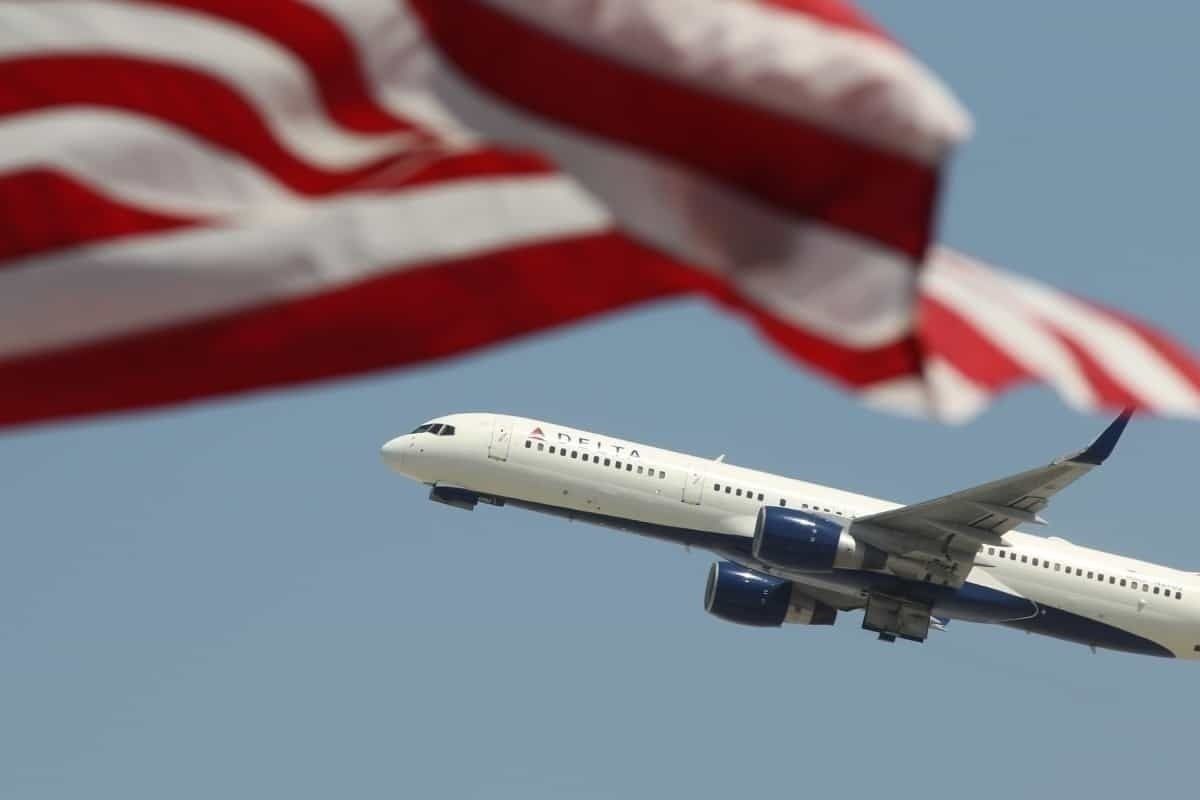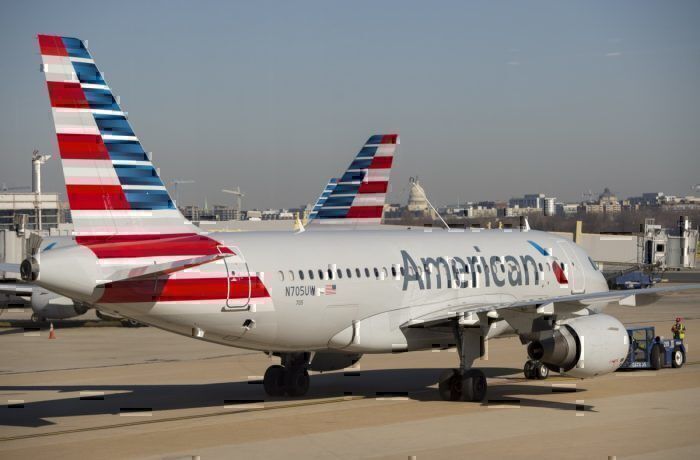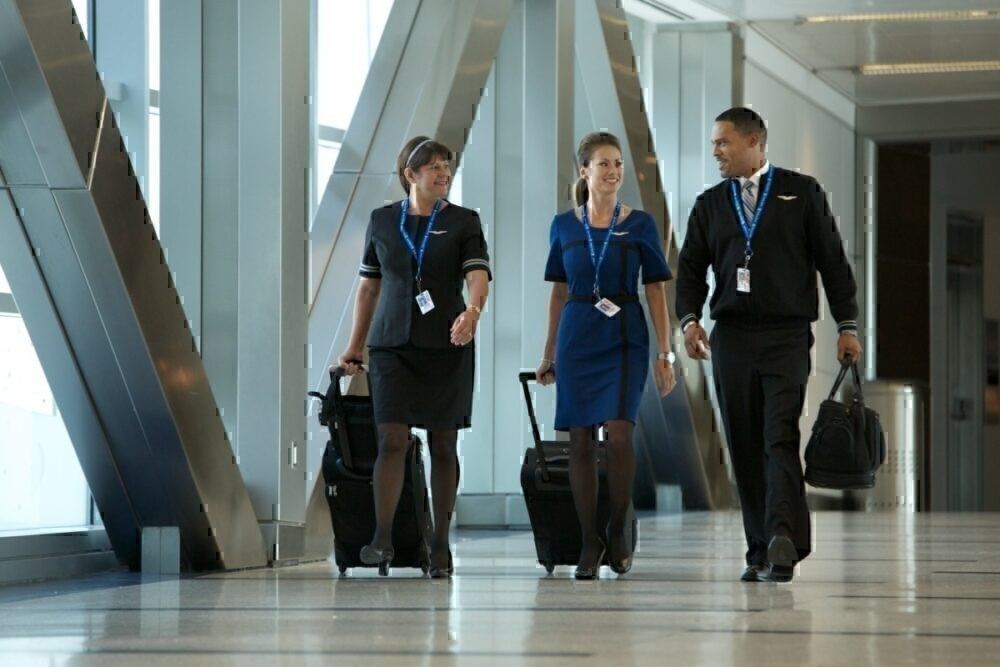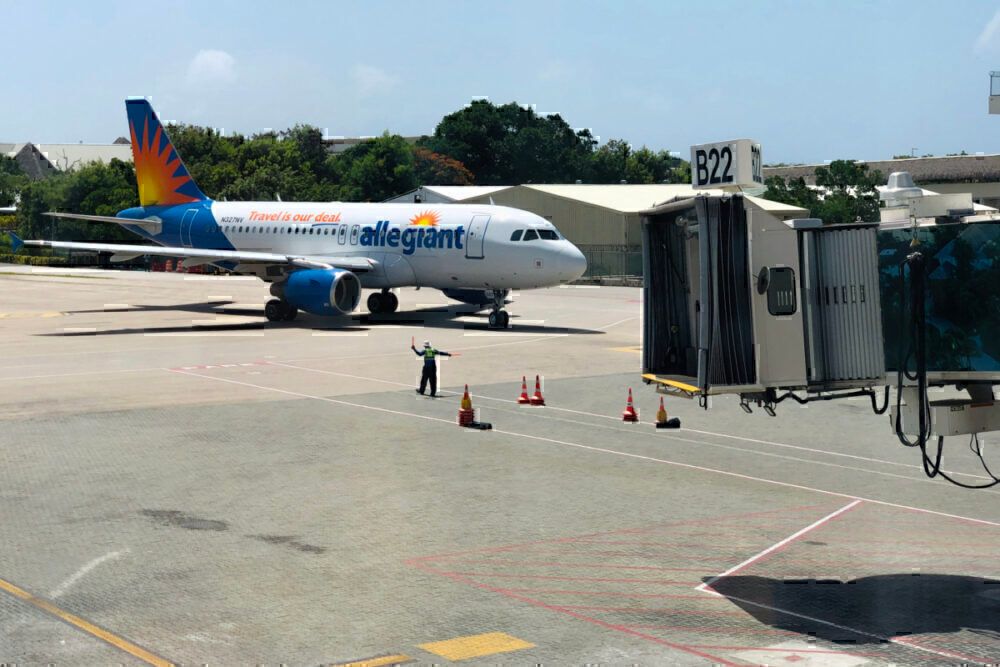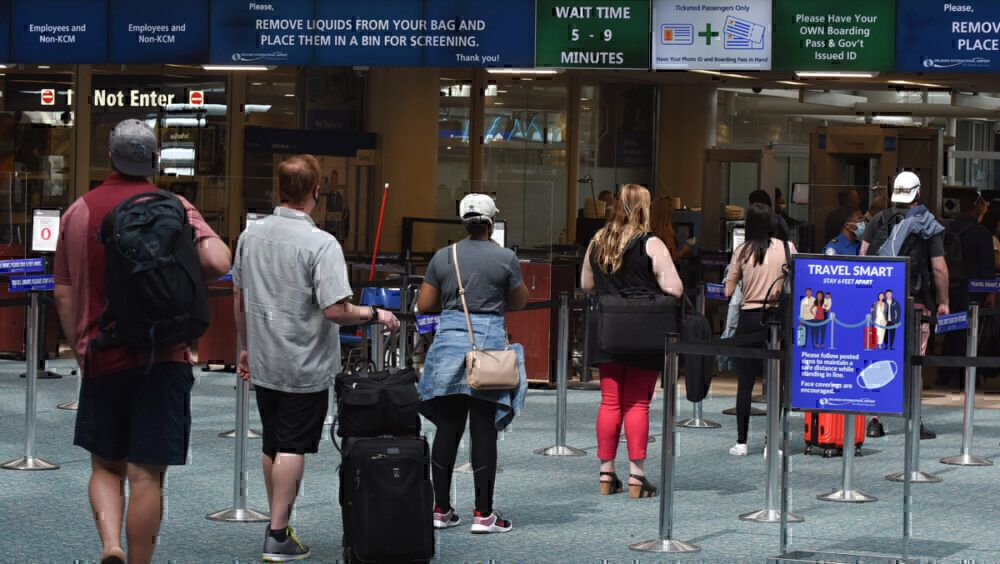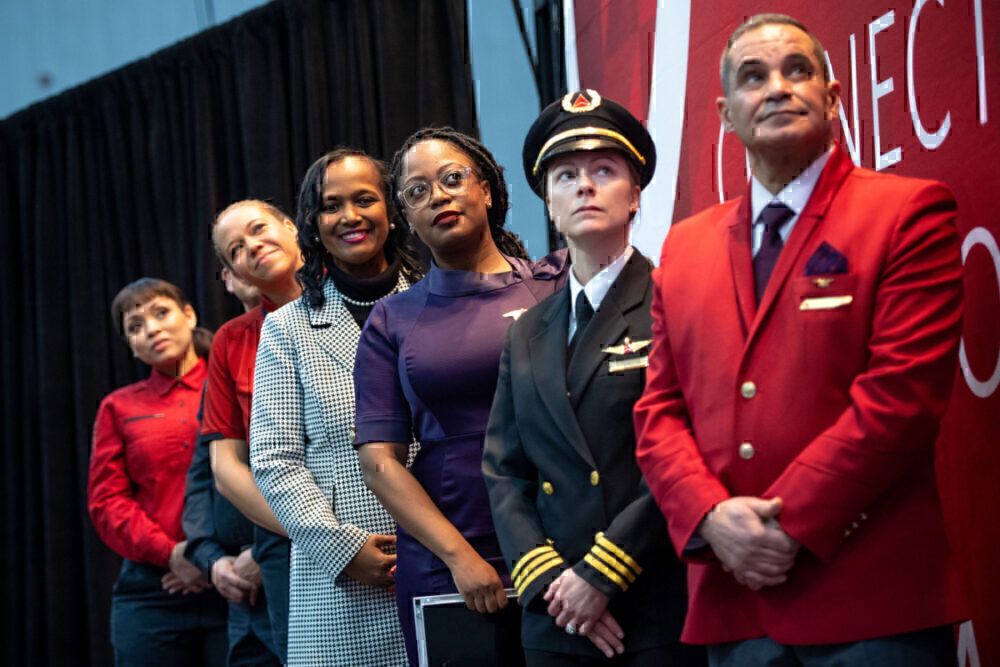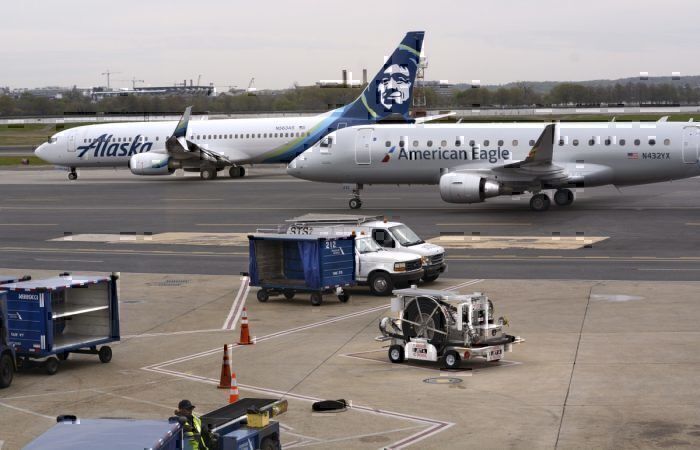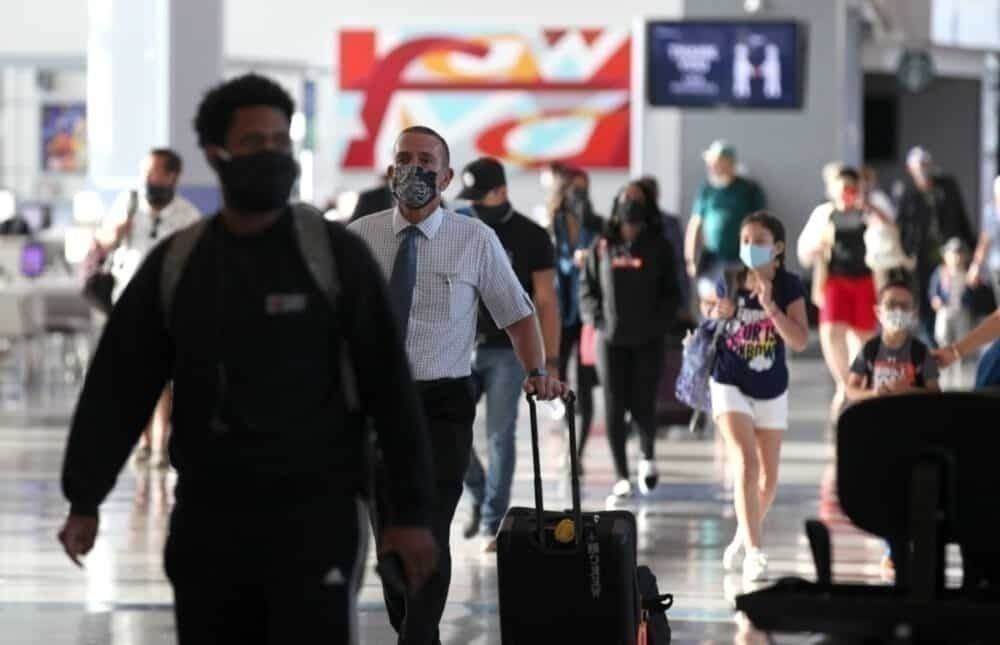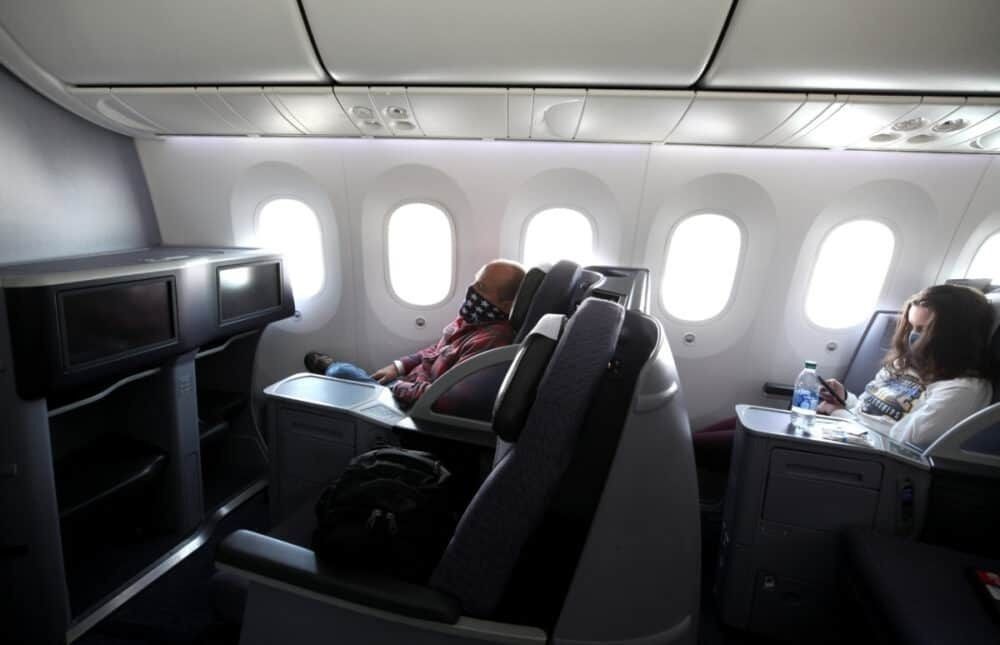The Association of Flight Attendants (AFA) has called for federal aid for airlines to be extended until January 31st. Susannah Carr, a United Airlines flight attendant, made the comments while testifying on behalf of the AFA in front of the House Committee on Transportation and Infrastructure on June 9th.
Calling for more government support
In her opening statement viewed by Simple Flying, Susannah Carr stated the following,
"Although air travel is slowly picking back up, it is nowhere near the level that it was before the pandemic began. We will almost certainly need continued support after September 30th. That is why Congress must act now to continue the work the CARES ACT began.
"Payroll Support needs to be continued through at least January 31st. Supporting workers, like me, during a recession and ensuring we can continue to contribute not only as aviation’s first responders but as part of a recovering economy. Without an extension, mass layoffs are surely a certainty."
What is the current state of support?
Back in March, Congress passed the Coronavirus Aid, Relief, and Economic Security (CARES) Act. This bill allocated $25 billion in support for passenger airlines in the United States in the form of grants. Additional funding was available in the form of loans.
Airlines that receive the funding must use the money for paying their workers. This is why there have been no mass layoffs or furloughs from US airlines. Simultaneously, airlines had to continue to provide minimum levels of air service, although there are limited minimum service exemptions.
These provisions end on September 30th. From then on, people employed at US airlines are concerned about a near bloodbath as airlines shrink their workforces. Already, airlines are starting to indicate some numbers for layoffs and furloughs.
Stay informed: Sign up for our daily aviation news digest.
Why will airlines need to layoff workers?
Nearly all airlines are adjusting their future delivery plans, cutting routes, and retiring aircraft. On a base level, this means that there will be more flight attendants, pilots, gate agents, customer service representatives, and maintenance personnel than will be necessary. Plus, behind the scenes, plenty of administrative positions will not be needed anymore.
While carries have stabilized operations thus far and most have reduced daily cash burn, the payroll support has gone a long way in terms of saving jobs. But, airlines are trying to find ways to get around that and extend the funding as far as possible. Susannah Carr offered the following on behalf of the AFA:
"Thus far, Secretary Mnuchin and the Treasury have been unwilling to fully enforce the CARES Act and ensure that the funds are used as Congress intended. Despite letters from members of Congress and repeated requests by our union, Treasury has not responded to requests that they issue guidance to carriers to make clear that slashing hours is a violation of the grant program.
"While the vast majority of airlines have used the payroll grants as intended, Treasury’s silence on the outliers has facilitated the cut hours and allowed a few bad actors to attempt to set up a competition on the backs of airline workers. Absent additional pressure and oversight from Congress, I worry that more aviation workers will see cuts to their hours and pay"
But the industry is recovering? Why is more support needed?
In recent weeks, the airline industry has seen signs of a rebounding domestic market. Every week, more and more people are traveling with double-digit growth. Allegiant released its May numbers that proved the month to be a strong one. In addition, American has announced an expansion of its flight schedule for the summer. And, Delta has started pulling planes out of storage.
However, the problem is that numbers are still far below what they were in before this crisis hit. Traditionally, during the busy summer season, about two million or more passengers travel each day. Now, crossing one million passengers in a weekend is a sigh of relief for airlines. In a best-case scenario, the US could see over one million passengers per day traveling from this summer. Although, that is not guaranteed and will likely be a month or so out at the soonest.
Let's say that the US starts seeing one million-or-so passengers per day from July. Even then, that would be less than half the number of travelers than a year ago. Which, at the end of the day, means that airlines still do not need all that capacity and will have to "right-size" as many executives have stated.
The airline industry will lose jobs
A full recovery is about three to five years out, barring any other new developments. Within that time, it is inefficient and costly for airlines to continue to employ a large workforce. As we have seen around the world, airlines can become crippled by large, inefficient workforces and hamper any hopes of profitability even during the best of times.
Already, the industry has lost some jobs in multiple capacities. First, some employees have taken voluntary unpaid leave for various amounts of time. Others have latched on to voluntary departure packages that airlines are trying to sweeten the deal as best as possible. Even then, it still is not enough.
For airline workers, this is a very difficult limbo. They could either depart from an airline some have spent their entire working life employed with or else risk layoffs in the fall with less generous severance offers.
Will the airlines get additional support?
With many sectors of the economy hurting, it is unlikely that the United States government has much of an appetite for sending over billions of dollars in additional funds to US airlines. Short of a near collapse of most major airlines, it is unlikely that any more money will head over to the airlines. However, there is one other place where the AFA has asked for government intervention.
Flight attendants ask for mandatory masks
The AFA has asked for a federal mandate that requires masks for all passengers and crew. This includes time spent at the airport and while onboard an aircraft. While most airlines have mandated masks for passengers while onboard a flight, enforcement becomes a little tricky, with a federal mandate, airlines will have further, clearer instructions for dealing with passengers who refuse to comply. For flight attendants, the AFA has asked for mandated and provided N95 masks, gloves, and other personal protective equipment as supply chains allow.
Health agencies are strongly recommending people to wear masks while they are in public or else in a place where social distancing is not possible. Planes are one of those places. Wearing a mask while onboard an aircraft reduces your risk of contracting a viral illness and prevents others from catching something you may be bringing with you.
In terms of inflight health, the AFA his asking for set social distancing guidelines in an aircraft. That may include "hard load limits" on the number of people booked on a flight. Throughout this crisis, there has been a fair bit of criticism for some airlines over packed flights and praise for others that have hard load limits in place. Although, regardless, the travel experience has changed quite a bit.
Also, the AFA has also asked the federal government to conduct health checks for passengers. Some of the examples listed include asking for symptoms, conducting temperature screenings, recording travel history, and conducting viral or antibody testing.
Thus far, there have been no federal mandates requiring masks onboard aircraft or else limited capacity on planes. However, this is something that the Federal Aviation Administration (FAA) or Department of Transportation (DOT) could mandate much in the way that regulations prohibit smoking onboard a plane. Whether this happens, however, remains to be seen.
Do you think airlines should get additional federal funding? Should the FAA or DOT mandate masks onboard aircraft with consequences for passengers who do not wear them? Let us know in the comments!

